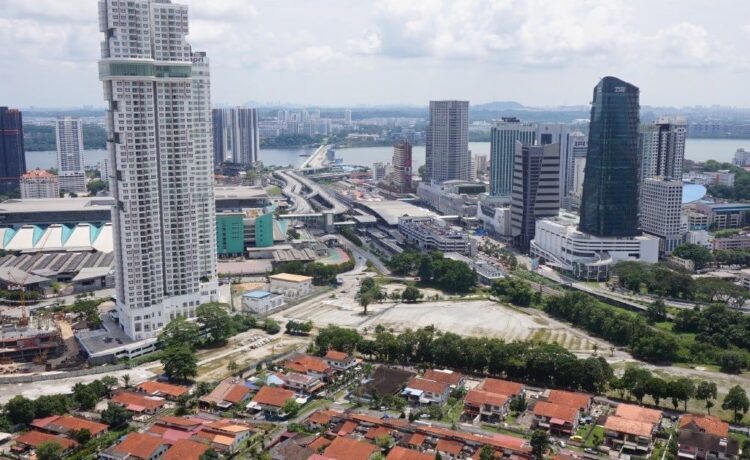KUALA LUMPUR: Iskandar Malaysia is poised for growth with new investments in data centres, solar energy, and high-tech industries, serving as a model for other regions aiming to boost their economies.
Sunway University economics professor Dr. Yeah Kim Leng said the Iskandar Malaysia development corridor has played a key role in industrialising and propelling Johor to be the country’s second largest state economy, excluding Kuala Lumpur.
He noted that Johor’s 9.4 per cent share of the national gross domestic product (GDP) in 2022, however is dwarfed by Selangor State, which accounts for 25.5 per cent of national GDP.
Nevertheless, he said the state has great potential for accelerated growth due to its proximity to Singapore and upcoming plans to create special economic zones in collaboration with the Singaporean government.
“Johor is poised to attract higher value and advanced manufacturing industries such as electrical and electronics, aerospace, medical devices, smart agriculture, plug-in hybrid and battery electric vehicles (EVs), carbon capture and storage, renewable energy, and information and communication technology, particularly artificial intelligence-related data centres.
“High-value, knowledge-driven service industries such as healthcare and life sciences, financial and business services, and digital creative industries are being targeted by Iskandar Malaysia and the upcoming special economic zone (SEZ),” he told Business Times.
Adding further, Yeah said the Iskandar Malaysia’s success can be replicated for some industries but may be on a smaller scale due to Johor’s location-specific advantages.
“Bordering Singapore, it will benefit from the trade, investment and consumption spillovers from Singapore,” he noted.
Meanwhile, Institut Masa Depan Malaysia fellow and economist Dr Shankaran Nambiar opined that Iskandar Malaysia has had an 18-year history, and it has done well over this period, successfully establishing the region as a hub for the electrical and electronics (E&E) industry, education, new tech industries, and alternative energy.
He added that it collaborates effectively with the Malaysian Investment Development Authority (MIDA) and is likely to forge connections with industrial authorities in Singapore over time.
He said this would enable Iskandar Malaysia to leverage its proximity to the island effectively.
“Iskandar Malaysia has some special advantages.
“Going forward, I would expect more new wave of investments to do well, particularly data centres, solar energy farming, and the high-tech industries, such as aerospace,” he said.
Nambiar also noted that Iskandar Malaysia is home to a significant education hub, which adds further value and support to its development prospects.
Iskandar Malaysia has achieved 70 per cent of its total investment goal, amounting to RM291.4 billion out of a RM413.1 billion target since its launch in 2006.
Speaking to Bernama, Iskandar Regional Development Authority (IRDA) chief executive officer Datuk Dr Badrul Hisham Kassim said the region is on track to reach its new RM636 billion investment goal by 2030.
He noted that from 2006 to December 2023, the economic region has recorded a cumulative investment of RM413.1 billion, surpassing their RM383 billion target set for the end of 2025.
According to Badrul, the IRDA has set a new investment goal of RM636 billion for Iskandar Malaysia by 2030, surpassing the original target.
He stated that the focus will be on high-value sectors like electronics, aerospace, medical devices, modern farming, electric vehicles, renewable energy, and information and communications technology (ICT), including artificial intelligence (AI) data centres.
This plan supports related industries such as healthcare, financial services, and digital creativity, aligning with the New Industrial Master Plan (NIMP) 2030 and the National Energy Transition Roadmap (NETR).
Recent expansions by companies like Insulet and data centres including Airtrunk and Princeton Digital Group highlight the region’s growth.















